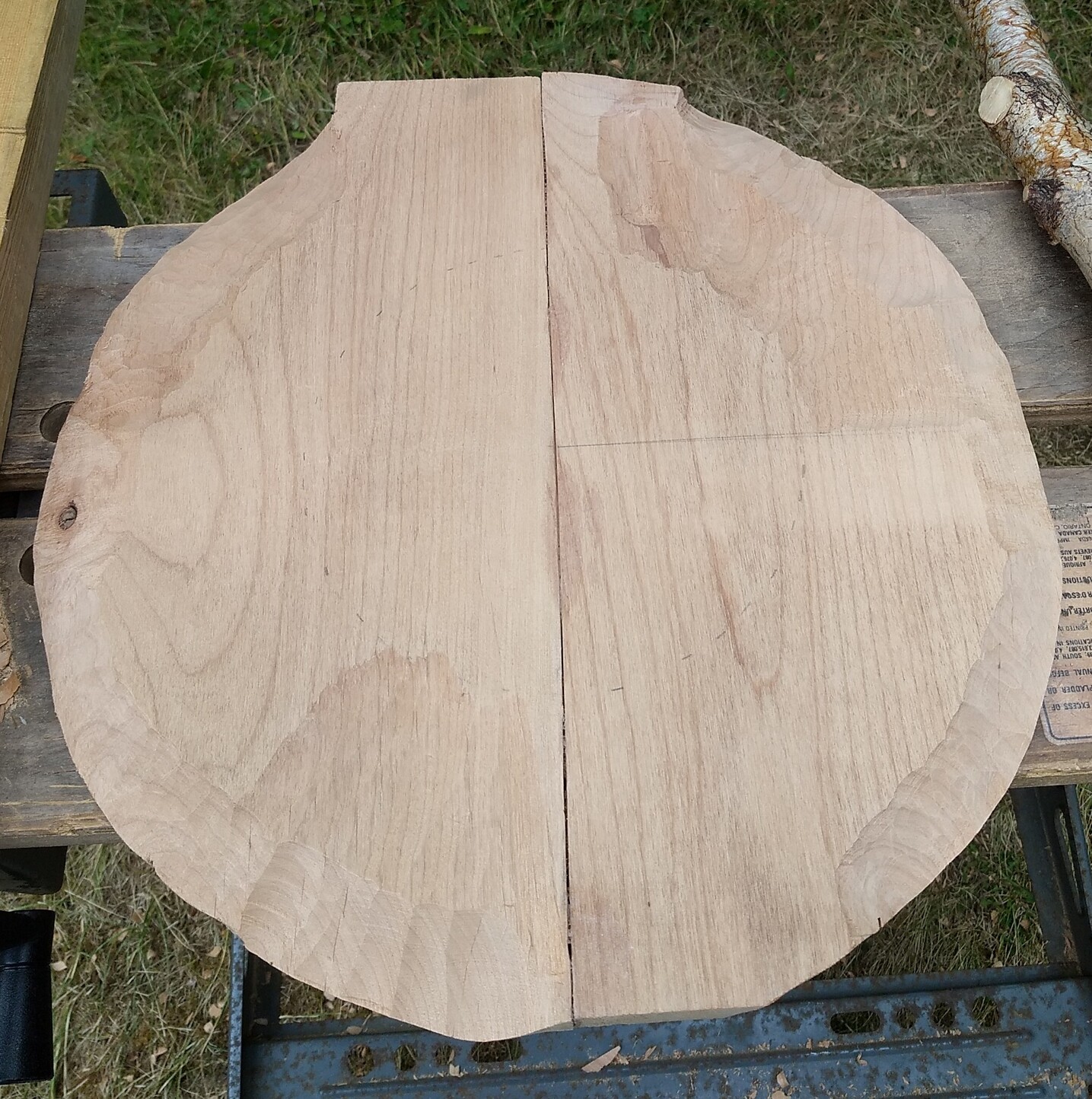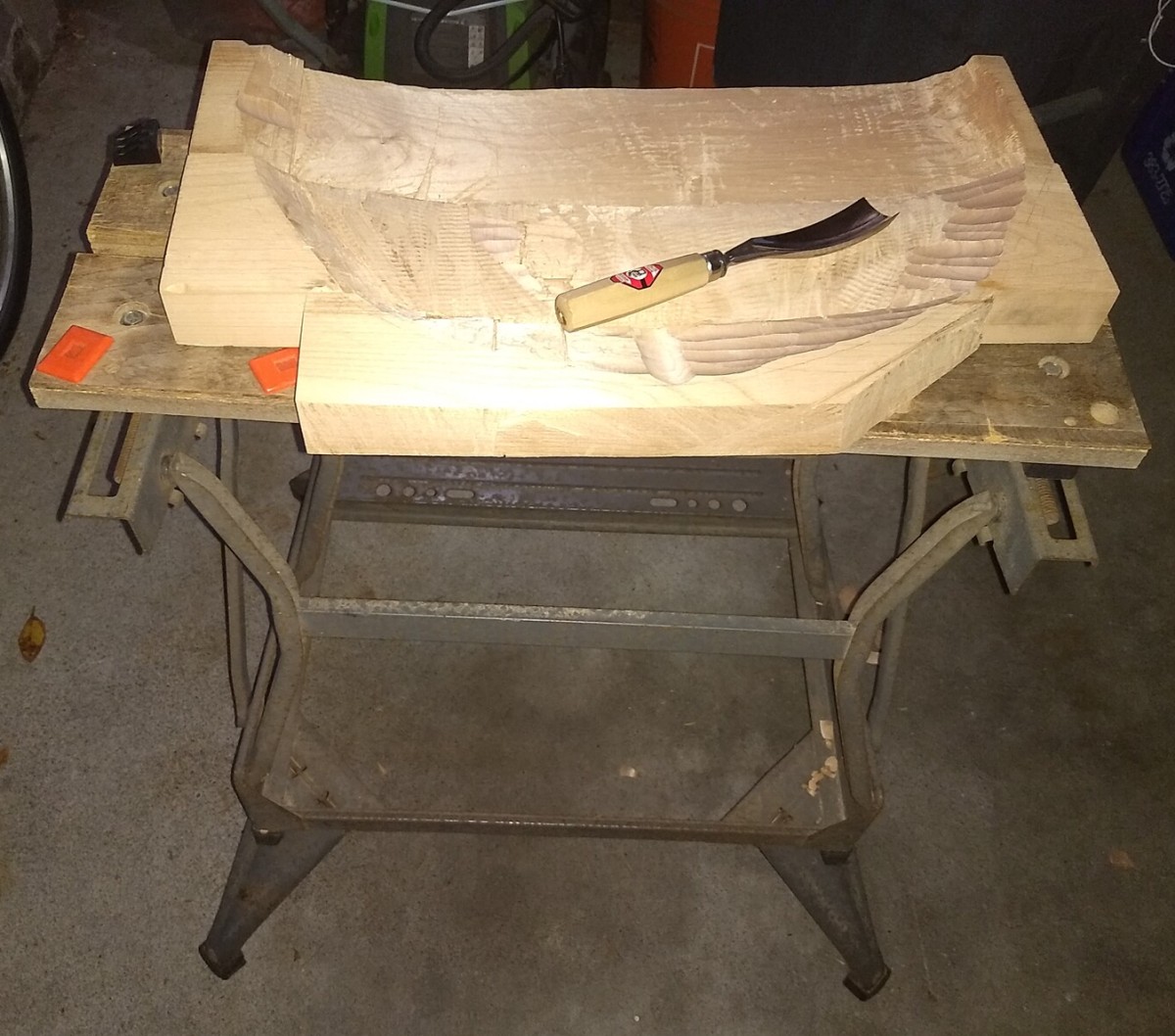
On the bright side, the ancient Egyptians had trouble covering their sketch and layout lines with light coloured pigments too! Click to see more closeups of this cartonnage mummy case from ca. 892 BCE.
Moderator: Glen K



The first thing I notice is that the cow heads need to be oriented along the long axes of the red/blue figures. they also need to take up more space within them. Making the "ropes" thicker will help, but really the important thing is that each of the spirals needs to be bigger. At any point there is at least three "rope" thicknesses, but sometimes four. I think I'd use a compass to extablish the outer edge of a typical spiral and see about getting enough turns inside. The other thing I see is that the decorative element within the cow's horns is intended to be circular.Sean M wrote: ↑Sat Apr 29, 2023 9:39 pm I have an idea of another test piece to paint: one of the ceilings of the palace of Amenhotep III at Malqata in Egypt (Amenhotep III was Akhenaten's father). This will give me more practice at brushwork and tempering the pigments while still not being very complicated.
If you look closely you can see that it is not a perfect geometric construction. Here is my first attempt at reconstructing the design on a grid of squares. In my version the spiral ropes are not as close to the flowers as in the original painting. Maybe painting the ropes a bit thicker would help? Any suggestions?




























Another thread from 2016 points to JONATHAN THORNTON, "A BRIEF HISTORY AND REVIEW OF THE EARLY PRACTICE AND MATERIALS OF GAP-FILLING IN THE WEST," Journal of the American Institute for Conservation no. 1 (1998) pp. 3-22 https://cool.culturalheritage.org/jaic/ ... 002_2.html Cennino mentions filing gaps with a sawdust-and-hide-glue mix.You can pretty much count on the idea that shields are made of wood with a covering of some sort of raw hide and/or strong fabric. In my limited experience (more with saddles than shields) the tricky part is getting the raw hide or fabric to stick to the concave part.
There are two types of problems. The first is that a fabric like linen will shrink when wet. This means that if you put it on dry, it will suck water from your glue and pull away from the concavities. If you wet it first, it will dilute your glue. Perhaps there is a perfect balance that one finds with practice.
Using raw hide or parchment gives the other sort of trouble. As the hide dries, it shrinks. If the glue has not achieved a suitable level of adhesion at that time, the hide will pull away from the concavities.
Most of my experience has been with aliphatic resin glue (Titebond II). This is cheep, available, and water proof, but it has poor initial tack. I have not tried hot hide glue on a large scale. Theoretically, hide glue should work better because of its high initial tack. On the other hand I have seen pics of other guys' projects where hide glue has failed to adhere parchment on the concave surfaces. Perhaps that is the fault of their procedure, rather than their glue... I don't know. In any case, there is no getting around the idea that hide glue is water soluble. This may or may not be a problem in the long run.... I don't know. My suspicion is that cheese glue is a good candidate for this sort of project, but I have not yet experimented with it.


